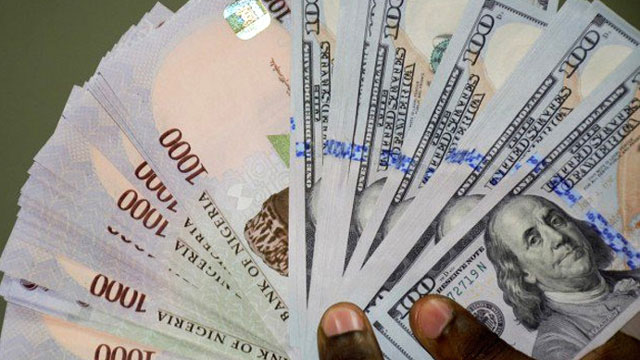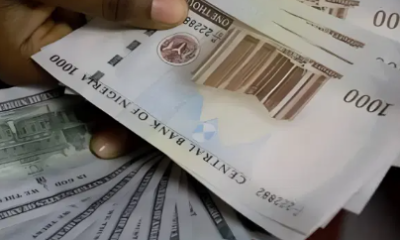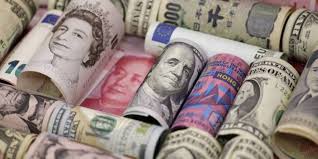- External reserves hit $33.6bn
By Odunewu Segun
Nigeria’s Naira remained stagnant in the foreign exchange market over the weekend despite the $480.7 million intervention by the Central Bank of Nigeria in the interbank foreign exchange market last week.
At the parallel market, the Naira remained stagnant at N363 per dollar, due to weak dollar demand. At the Investors and Exporters (I&E) window, the indicative exchange rate inched down to N360.31 per dollar on Friday from N360.32 per dollar the previous week, translating to marginal appreciation of one kobo for the Naira.
The CBN last week stepped up its weekly intervention in the foreign exchange market as it conducted a special auction to sell N285.76 million to meet dollar requests in four sectors of the economy.
According to the apex bank, the agricultural, airlines, petroleum and raw materials were the four sectors that received various sums in forex allocation based on requests put forward by their respective banks.
The $285.76 million special auction, combined with the weekly injection of $195 million held on Monday, increased its intervention to $480.7 million for the week.
ALSO SEE: Naira maintains stability as CBN sells $285.70m
Confirming the special auction, the Acting Director, Corporate Communications Department, CBN, Mr. Isaac Okorafor, said the releases underlined the high levels of transparency of the bank in foreign exchange management.
Meanwhile, the nation’s external reserves maintained upward trend in October, rising by $1.1 billion to $33.62 billion
Data by the CBN showed that the external reserves rose from $32.49 billion at the end of September to $33.62 billion as at Tuesday October 25th last week. This represents $1.13 billion increase in external reserves for the month.
When compared to $25.81 billion at the close of last year, the reserves had risen by $7.81 billion this year.
With increased dollar revenue from crude oil courtesy improved crude oil price, as well as increased flow from autonomous sources, especially from offshore investors through the Investors and Exporters (I&E) window of the foreign exchange market, the reserves are expected to continue to rise in the last two months of the year.

 Politics5 days ago
Politics5 days ago
 News6 days ago
News6 days ago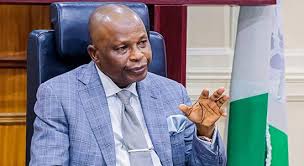
 Latest1 week ago
Latest1 week ago
 Business1 week ago
Business1 week ago
 Business4 days ago
Business4 days ago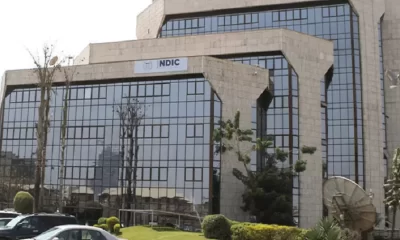
 Business6 days ago
Business6 days ago
 Crime1 week ago
Crime1 week ago
 Latest7 days ago
Latest7 days ago
